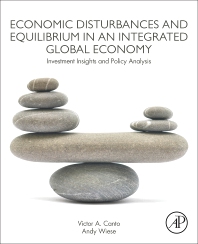The Versatility of the Framework
When We talk about the versatility of the framework, We mean that the asset-allocation model can be changed to find opportunity. For example, how do you incorporate an investment decision that does not correlate with traditional capital-market indices yet does have value? You do so by building individual stock portfolios to fill the different branches of the asset allocation tree. Another possibility is the use of industry groups and/or economic sectors in lieu of the broad based size or style indices. While these modifications require client customization We stand ready to assist the client in the pursuit of their investment objectives.
Next there's the active use of passive vehicles. You may have noticed the debate over whether to "index" or go "active." Indexing alone will produce inferior results to a strategy that focuses on taking advantage of the relative performance of different asset classes during cycles. I'm not talking here of a traditional tactical allocation, but of a somewhat intermediate step between tactical and strategic allocation. Call it cyclical asset allocation.
Such a strategy emphasizes different asset classes, as well as active-versus-passive management, as cycles dictate. When markets do not provide much in terms of selection opportunities for securities, the index fund is a cost-efficient tool in which to access broad market moves. But market efficiency has cycles too. Correspondingly, reallocating index funds is another source of value that can be added through the asset-allocation process.
There is a time for everything. There is a time for active management and a time for passive management; a time for value stocks and a time for growth stocks; a time for large-caps and a time for small-caps.
We take the view that on a risk-adjusted basis over the long-term, no single asset-allocation strategy should dominate another. Sometimes an active approach works, other times passive is the way to go. Sometimes it's large-caps, other times small. As cycles persist there will be times when each of the strategies will outperform.
Hence, an investment plan shouldn't behave as if it has one hand tied behind its back. Instead, it should be free and flexible, with all of the investment alternatives at its disposal. And when this is the case, an asset-allocation consultant who can identify the relative attractiveness of different strategies over time should administer it.
Previous | Next


